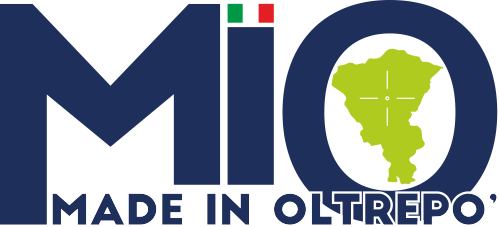The Oltrepò Pavese represents a significant economic asset for Lombardy, capable of combining sustainable tourism and age-old traditions. This unique territory offers a varied panorama of opportunities for residents and visitors.
The geographical context of the Oltrepò Pavese plays a fundamental role in its economic value. This Lombardy region, nestled between the hills of Piedmont to the west, Emilia to the east and bordered by the Ligurian Apennines to the south, offers a varied landscape that attracts tourists and encourages local agriculture. The territory, accessible via six bridges over the Po, stretches from the hills to the mountains, culminating in Monte Lesina at 1,700 metres. This hilly and mountainous landscape, which occupies two-thirds of the territory, creates a healthy and clean environment, ideal for slow and sustainable tourism that respects nature and local traditions.
The agricultural diversity of the Oltrepò Pavese is extraordinary, with crops such as the berrettina pumpkin of Lungavilla, the golden onion of Voghera and the pepper of Voghera, as well as ancient cereals such as ottofile maize. In addition, the region is renowned for the production of grass-fed meat, cow and sheep and goat cheeses, potatoes, alfalfa and the pomella Genovese. This variety of agricultural products not only supports the local economy but also helps to preserve the culinary and agricultural traditions of the area.
Food and wine tourism is another pillar of the Oltrepò Pavese economy. The region‘s fine wines, such as Pinot Nero metodo classico, Moscato, Bonarda and Riesling, are appreciated nationally and internationally. Village festivals offer the opportunity to taste these wines combined with typical local products, such as salami and cheese, in an authentic and convivial atmosphere. These events celebrate the grape harvest, fruit picking, corn and wheat threshing, and bread baking in ancient wood-fired ovens, allowing visitors to immerse themselves in the rural traditions of the area.
The Oltrepò Pavese is dotted with numerous historic villages, some of which are counted among the most beautiful in Italy, such as Fortunago, Varzi, Zavattarello and Golferenzo. These villages, together with the castles and churches scattered throughout the territory, bear witness to a rich artistic, historical and cultural heritage. Visitors can explore ancient mills, cool springs and historic parish churches, immersing themselves in a past rich in tradition and culture. Churches and abbeys, even dating back to the 12th century, such as the Church of Montalino in Stradella, the Cathedral of Voghera and the Abbey of Sant‘Alberto di Butrio, are important testimonies to the region‘s religious and artistic past.
Artisan activities and agricultural biodiversity further contribute to the local economy. The production of high-quality cured meats, cheeses and baked goods, often made using traditional methods, represents an important added value. Microbial biodiversity, in particular, enables the production of excellent cured meats and cheeses that are the pride of the local food and wine industry. The area also offers income opportunities through the collection of chestnuts, mushrooms, truffles and timber, thanks to the vast chestnut and beech woods that cover the middle and high hill areas.
In conclusion, Oltrepò Pavese, with its unique combination of natural landscapes, agricultural traditions and cultural heritage, is a valuable economic asset for Lombardy. The region not only offers an ideal environment for slow and sustainable tourism, but also enhances its resources through diversified agriculture and a rich tradition of craftsmanship. The promotion of typical local products, together with the protection of the landscape and the enhancement of the historical and cultural heritage, represents a winning strategy for the sustainable economic development of the Oltrepò Pavese.






















